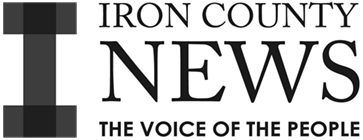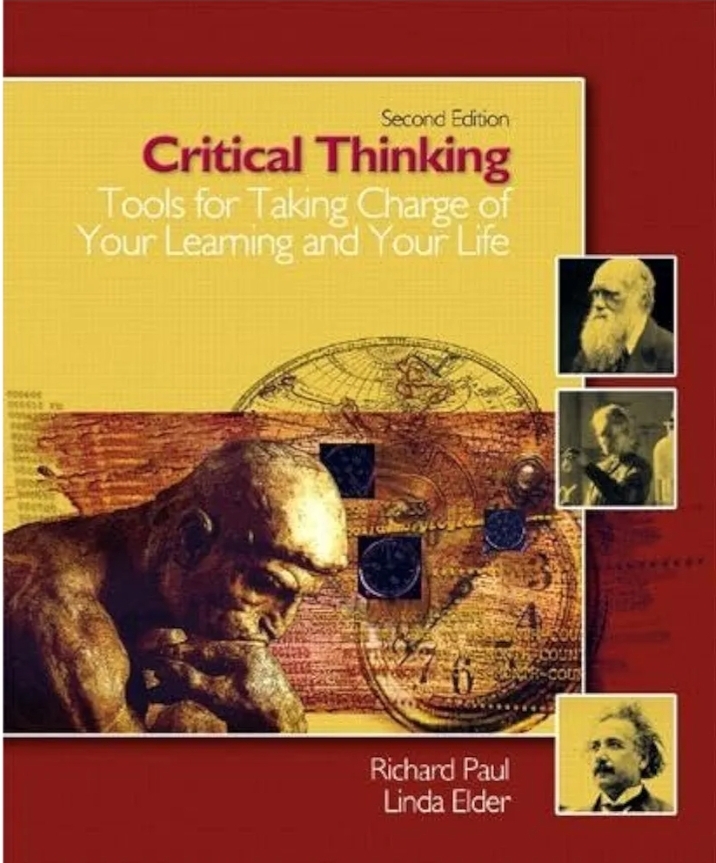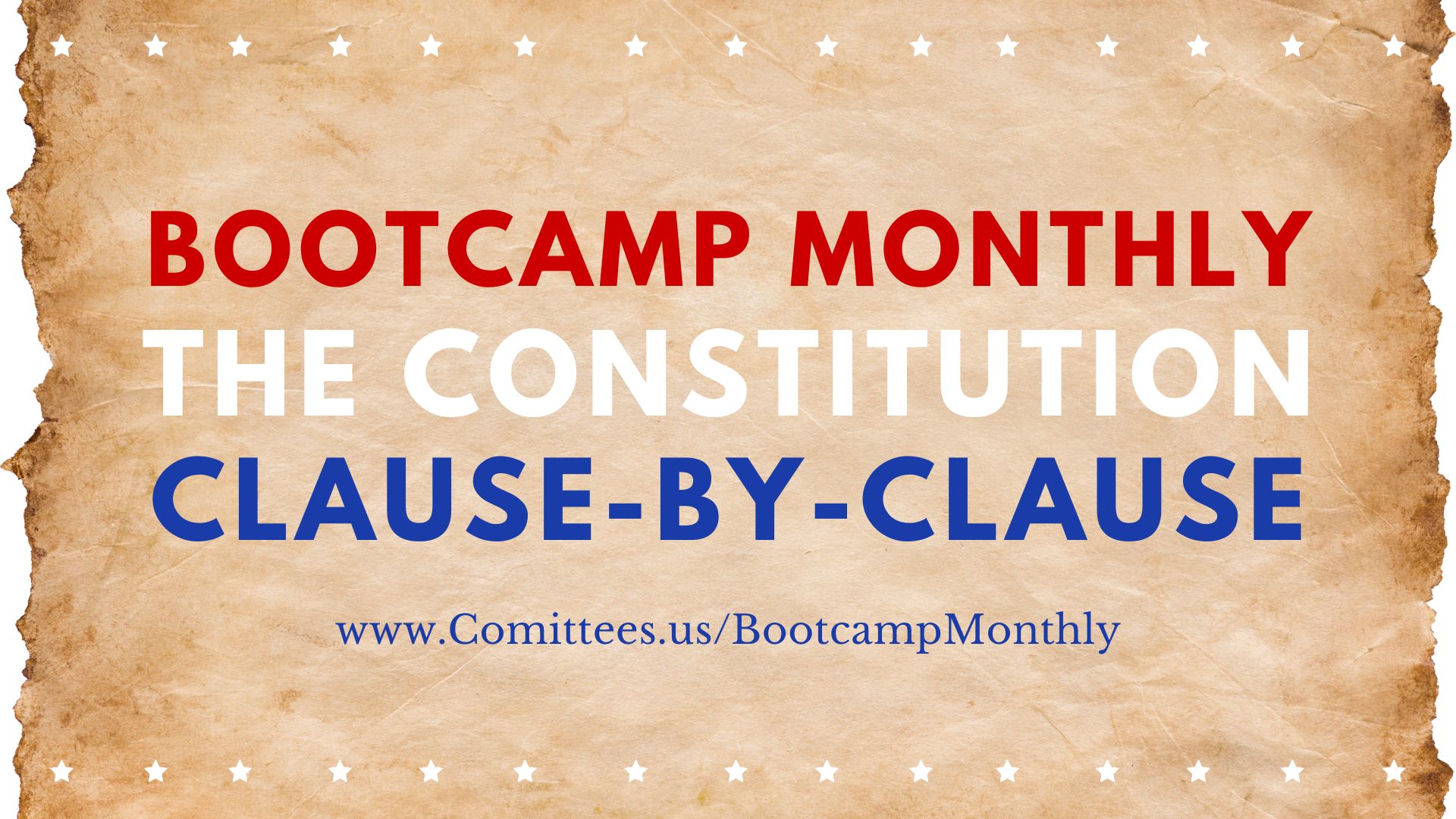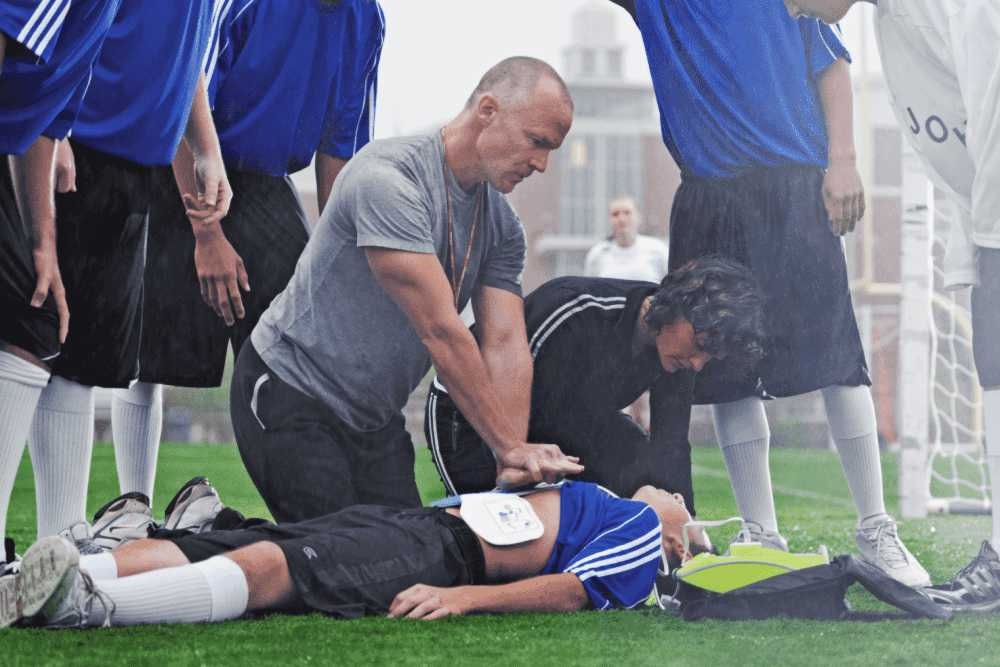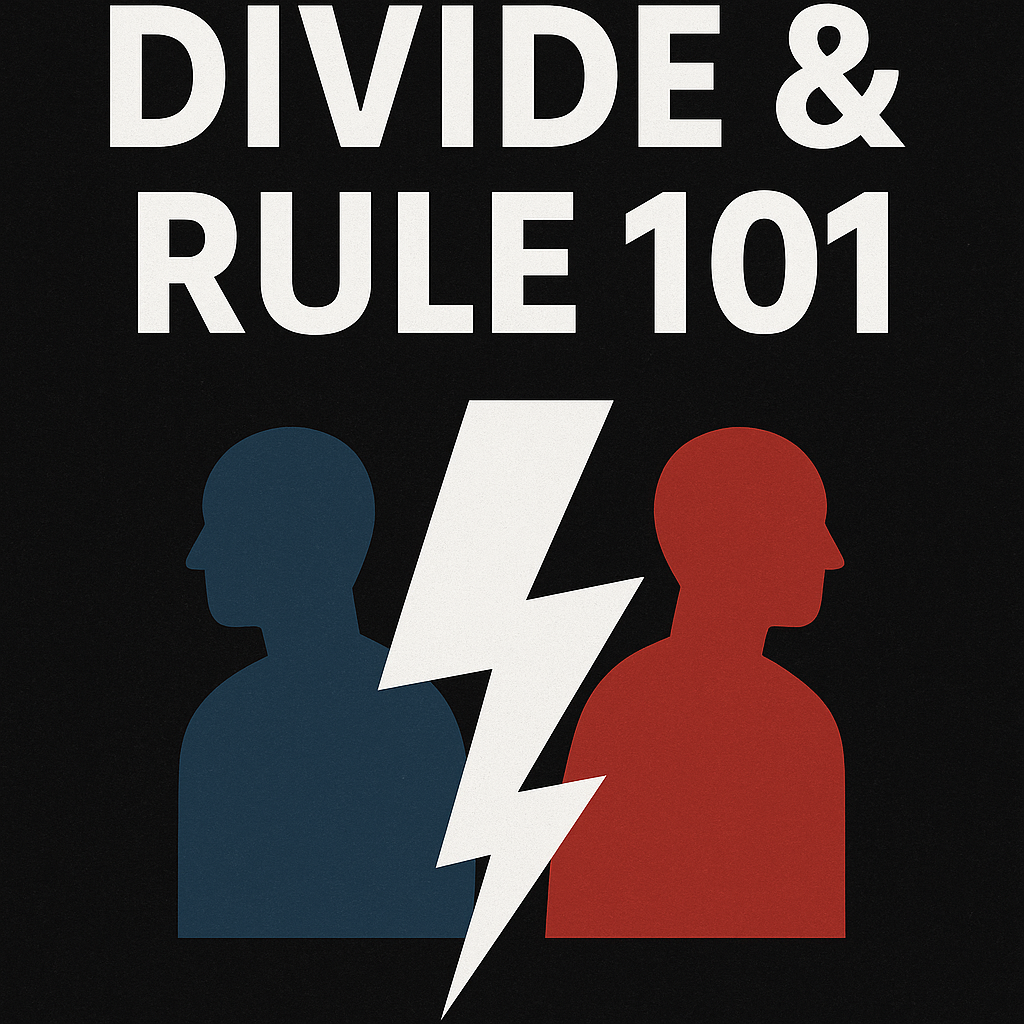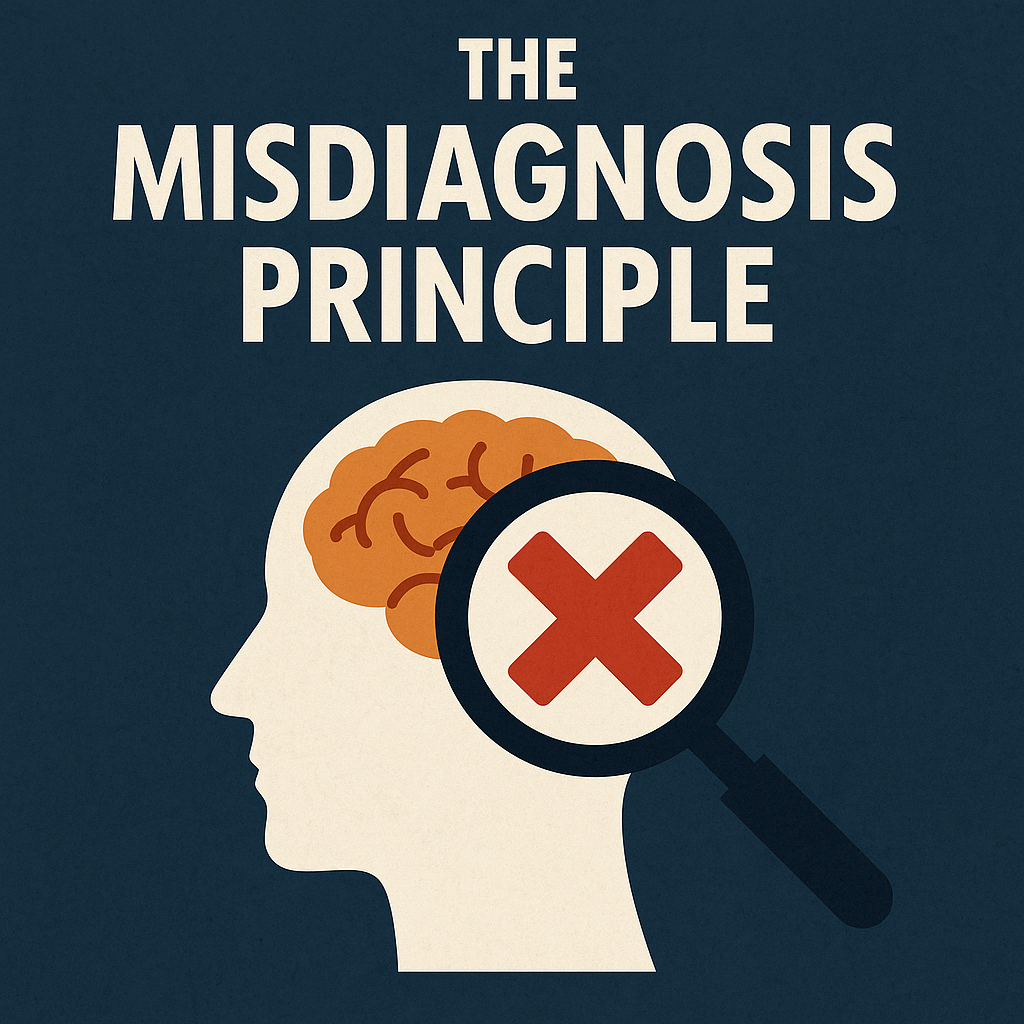“Critical Thinking: Tools for Taking Charge of Your Learning and Your Life” by Richard Paul and Linda Elder is a comprehensive guide designed to help individuals develop strong critical thinking skills. The book is based on The Paul-Elder Model of Critical Thinking, which emphasizes self-directed, disciplined, and reflective thought processes.
Key Concepts and Themes
Understanding Critical Thinking
- Critical thinking is not just about intelligence but about how we think, analyze, and process information.
- It involves questioning assumptions, identifying biases, and evaluating evidence logically.
- The goal is to improve decision-making, problem-solving, and personal growth.
The Paul-Elder Model of Critical Thinking
The authors present a three-part framework for developing critical thinking:
Elements of Thought (Universal Structures of Reasoning)
Whenever we think about anything, our reasoning is structured by:
Purpose – What is the goal of my thinking?
Questions – What key questions am I trying to answer?
Information – What facts, data, or experiences am I considering?
Concepts – What theories or ideas shape my reasoning?
Assumptions – What am I taking for granted?
Implications & Consequences – What happens if I accept or reject this reasoning?
Point of View – How does my perspective shape my thinking?
Inferences – What conclusions am I drawing?
Intellectual Standards
To think critically, we must apply certain standards to our reasoning:
- Clarity – Is my thinking understandable and precise?
- Accuracy – Is this information true?
- Precision – Do I need more details?
- Relevance – Is this information connected to the issue?
- Depth – Am I considering complexities?
- Breadth – Am I looking at multiple perspectives?
- Logic – Does my reasoning make sense?
- Fairness – Am I being objective, or am I biased?
Intellectual Traits (Virtues of a Critical Thinker)
Critical thinkers develop intellectual virtues, such as:
- Intellectual Humility – Recognizing the limits of one’s knowledge.
- Intellectual Courage – Challenging popular or deeply held beliefs.
- Intellectual Empathy – Understanding other perspectives.
- Intellectual Integrity – Applying standards of thinking consistently.
- Intellectual Perseverance – Not giving up when thinking is difficult.
- Confidence in Reason – Trusting sound logic and evidence.
- Fairmindedness – Considering all viewpoints fairly.
Practical Applications of Critical Thinking
The book emphasizes how to apply critical thinking skills to everyday life, including:
Learning How to Learn
- Instead of memorizing facts, focus on understanding concepts and evaluating information critically.
- Question how and why something is true rather than just accepting it.
Overcoming Cognitive Biases
- Many people fall into emotional reasoning, confirmation bias, and groupthink.
- Critical thinkers learn to identify these biases and correct their thinking.
Thinking Through Problems and Decisions
- Instead of making impulsive decisions, analyze the situation logically and systematically.
- Ask, What are the consequences of my decision?
Communicating More Effectively
- Critical thinkers formulate clear and persuasive arguments.
- They also listen actively and analyze the logic of others’ arguments.
Becoming an Independent Thinker
- Society, media, and culture influence how we think—critical thinking helps individuals break free from manipulation.
- Instead of following popular opinion blindly, critical thinkers develop their own well-reasoned perspectives.
Applying Critical Thinking to Social Issues
Paul and Elder argue that critical thinking is essential for a free and just society:
- Many people believe misinformation because they lack the ability to question sources and analyze data.
- Governments, corporations, and media outlets use propaganda and emotional manipulation to control public opinion.
- A society that lacks critical thinkers is easily misled and enslaved by powerful interests.
Exercises and Self-Assessment
The book provides practical exercises for improving critical thinking skills, such as:
- Identifying assumptions in news articles.
- Analyzing logical fallacies in political speeches.
- Practicing self-reflection to identify personal biases.
Conclusion: Why This Book Matters
- “Critical Thinking: Tools for Taking Charge of Your Learning and Your Life” is more than a book—it’s a guide for intellectual self-defense.
- It teaches people how to think independently, analyze information critically, and avoid manipulation.
- In a world filled with misinformation, deception, and emotional persuasion, critical thinking is the key to true freedom.
